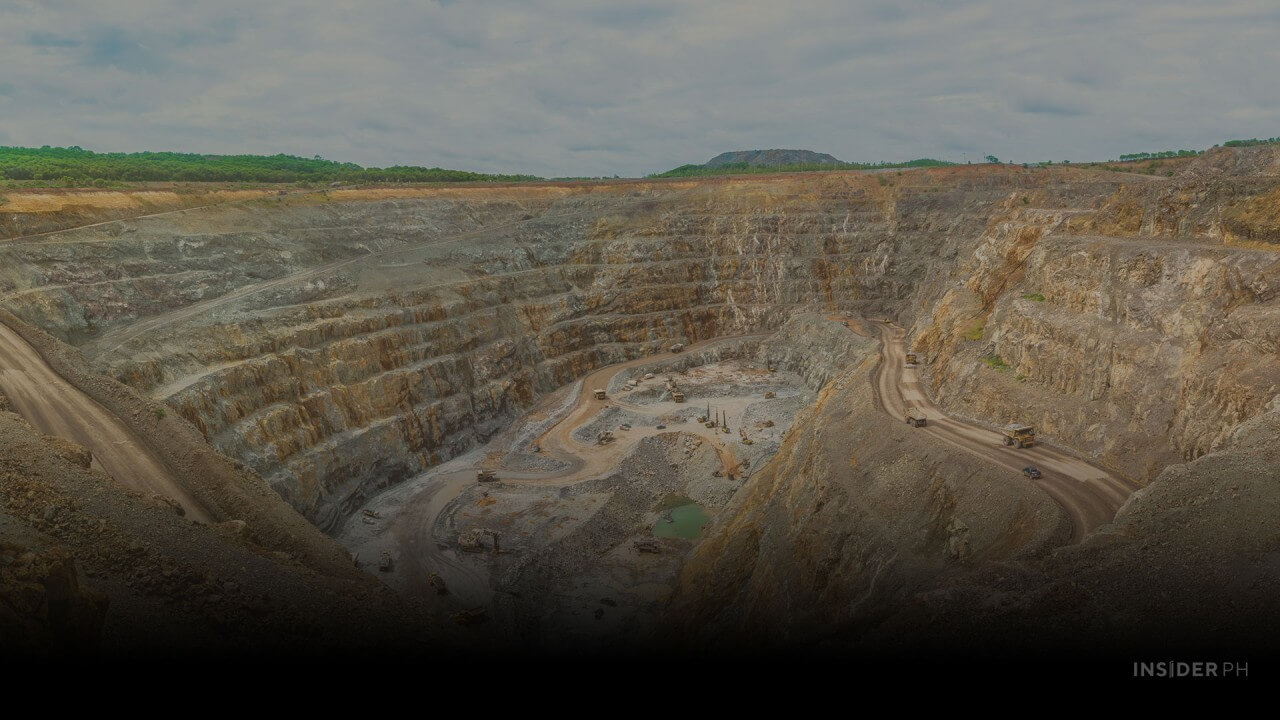

He compares it to two pregnant women about to give birth. An OB-GYN carefully evaluates each case to determine whether a normal or cesarean delivery is needed. Neither decision is made casually, as it directly affects the well-being of both the mother and the baby —it is based on expert assessment. Mining follows the same logic.
Depending on the material—whether it’s a precious metal or a raw aggregate—geologists and engineers determine the safest and most effective method of extraction. For instance, gold is typically found deep underground, requiring the construction of large tunnels—sometimes wide enough for trucks to enter. In contrast, nickel deposits are usually located just beneath the surface, making open-pit mining a suitable approach.
That’s why when the late Environment Secretary Gina Lopez moved to ban open-pit mining, it raised eyebrows among many miners and geologists. For most nickel deposits in the Philippines, open-pit mining is the most effective and practical method of extraction. The challenge, however, is that it’s visually disruptive. Because the entire process takes place at the surface, all the clearing, digging, and hauling are exposed—it can easily give the impression that mining is wrecking the environment.
To explain this, I like to use another analogy.
When we hire contractors, engineers, and architects to build a house, the process almost always starts off messy. Sometimes, old structures must be torn down. Workers clear the land, dig foundations, lay bricks, mix cement, and even build temporary shelters to stay on site. From the outside, it looks chaotic, even destructive—but we understand and tolerate the mess because we hold on to the vision of what will rise from it: not just a house, but a home.
It’s the same with mining.
Yes, during the operational phase, a mine site can look rough. But what many don’t see is what happens after: the rehabilitation of the land, the environmental safeguards, and the long-term community programs that bring lasting value. In time, what once seemed like destruction transforms into something productive—even beautiful.
This is why it’s important to look beyond first impressions and appearances. Responsible mining is guided by science, regulation, and a long-term commitment to restoring and uplifting the land and the communities around it. Like building a home, it begins with disruption —but ends with creation.
If we want real progress that spans across economic, environmental, and social, we need to stop painting all mining operations with the same brush and start distinguishing between destructive practices and sustainable ones.
Karl Ocampo is a former business journalist for the Philippine Daily Inquirer and now serves as the media and communications manager at Nickel Asia Corp.